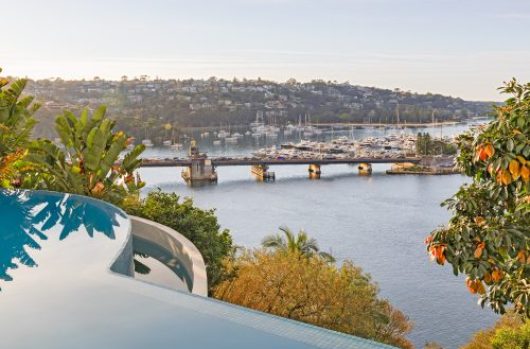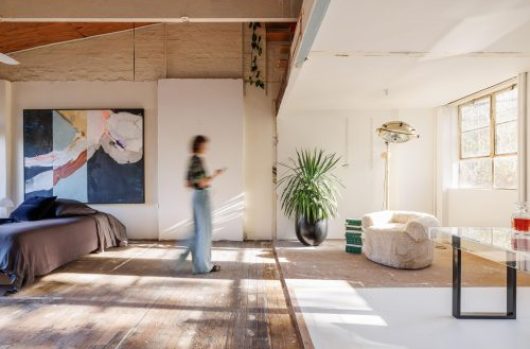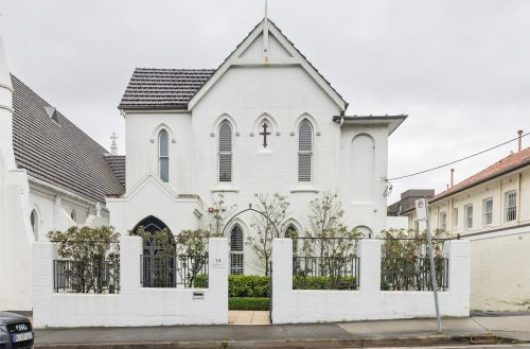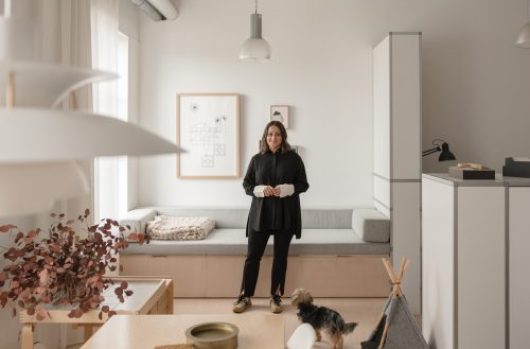Revival of the fittest
Artist Nigel Milsom is a man about whom much is written and yet little is understood. His persona, unassuming yet complex, mystifies the mainstream. Convicted of armed robbery in Glebe in 2012, Milsom won the Archibald Prize in July, with a ghoulish portrait of his barrister, the prominent Charles Waterstreet.
Milsom’s winning painting of Waterstreet is sombre and monochrome. The hands of the man are over-sized and grim. They seem to hang limply from his white, skeletal figure. With this winning portrait Milsom has effectively killed two birds with one stone. Firstly he has captured one of Darlinghurst’s most interesting personalities and at the same time imbued the Archibald Prize with a spectacle sorely lacking in previous years. Over the past 5 years, the Archibald has slipped from making strong headlines to being steadfastly “P.G.” and palatable. The basement of the Art Gallery has been filled up with pictures of soapie stars and TV lightweights.
In recent months, Milsom has survived a public outing of his recent jail sentence, and won popular public favour as both a rehabilitated drug user and brilliant painter. This is no small feat. Despite the media circus around him, Milsom’s inner character remains a mystery.
Based in Newcastle, Milsom is a young artist who is already hanging in the MCA and permanent collections of the Art Gallery of NSW. He has also previously won the Sulman Prize.
We caught up with Nigel Milsom to ask him about his Archibald win and to investigate how winning Australia’s most high profile painting prize has affected his own art practice.
What does winning mean to you?
Winning the Archibald wasn’t such a big deal to me, what was big, was the fact I got to meet so many amazing and generous human beings. People that really appreciate painting with a genuine passion. People who still believe in the power of the visual arts. Just because I took home the cheque this year, that doesn’t exclude me from the rest of the painters who participated. Without them there wouldn’t be an Archibald prize.
Your Archibald win was accompanied by much publicity for your imprisonment for the drug induced crime that led you to meet Charles Waterstreet in the first place. How did this affect your painting practice and your ability to work as a artist?
The Archibald portrait is just one work out of many I’ve made over the years. In a weird sort of way, getting arrested and locked up for twelve months saved my life. I’m a slow learner usually, so I looked at what happened to me positively. But that’s not to say it was easy, because it wasn’t. I had the worst time of my life. Still, I’m not going to dwell on it. The only thing that affected my work was the lack of practice I got. As soon as I was released, I got straight back into painting, and I felt rusty as hell!
How has that media-led public journey been for you?
The media journey was fine. The people working at the AGNSW media department are very professional people and they took very good care of me. I think they knew the position I had been thrust into and read my situation very well.
I guess the thing that has amazed me about all the media, is that there hasn’t really been a consistent thread running through any of it. I’ve read so many differing accounts as to what happened on the night I was arrested that now I tend to view them as being a fictionalised media drama. For good or ill.
Can you describe what the past few months has been like?
Distracting for my work, but really positive in every other way. I’m the type of painter that needs to work every day of the week, anywhere between 10 -12 hours a day if I can. If I can’t, then my momentum can fade very quickly. I aim for a graphic clarity that surprises me, to achieve that sharpness I have to work with an awareness that life can be snuffed out like a candle flame at any moment. The present moment, for me, is the most important thing I have. Everything else is a dot in space.
Images courtesy of Nigel Milsom and Yuill Crowley Gallery.







